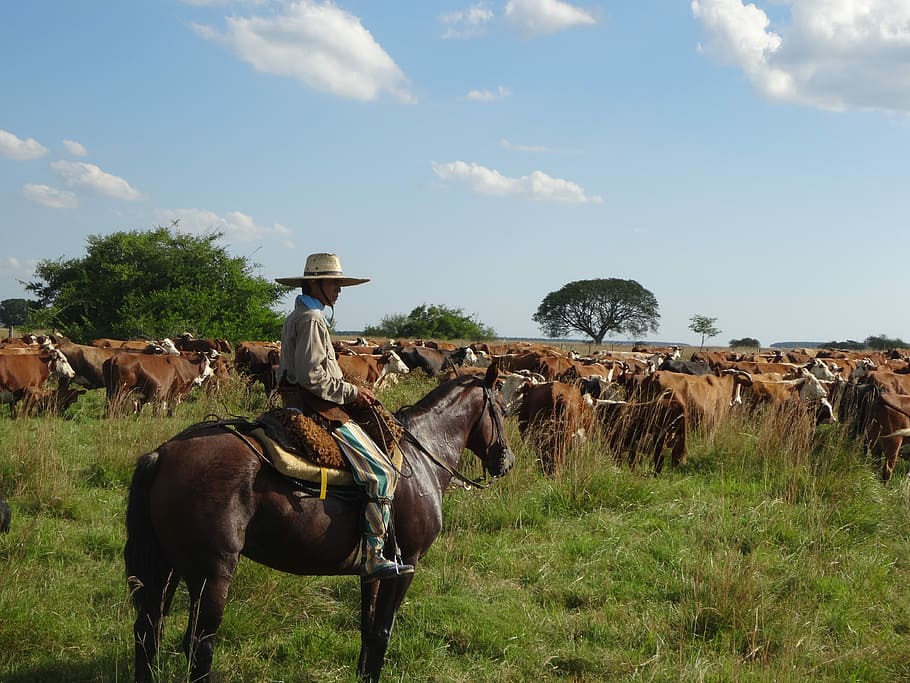Many tasks can be accomplished by staff working alone but the safety of lone workers needs to be assessed in the Job Hazard Analysis (JHA) or Job Safety Analysis (JSA) to make sure proper protocols and procedures are in place to protect these workers.
Working alone has been defined by the Canadian Centre for Occupational Health & Safety (CCOHS) as follows: "A person is 'alone' at work when they are on their own; when they cannot be seen or heard by another person." (CCOHS) In general the specific hazards that a person working alone faces are not much different for the same job or task as when not working alone, but the risks associate with getting injured or incapacitated when working alone become magnified because the lone worker may not able to get or receive medical aid in a timely fashion. For this reason, lone work needs to be a focus in the Job Hazard Analysis or Job Safety Analysis and the lone worker needs to be aware of all hazards associated with the task or job prior to starting the work.
Additional safety precautions need to be implemented for the lone workers and clearly identified in the Job Safety Analysis. The hazards identified will likely be different for lone workers in urban areas verses lone workers at remote job sites. Some items to be considered during the preparation of the JSA or JHA include, but are not limited to:
- Is working alone reasonable for the specific task or job? Consider if the activity can be categorized as a high-risk task, such as working at heights, working in extreme remote locations, working with electricity, or working with hazardous chemicals?
- Is the worker trained in basic CPR and first aid?
- Is the worker trained for emergencies including hazardous chemical spills and fires?
- Is the worker fully trained and competent for the task they have been assigned?
- Does weather conditions or time of day change the risks associated with the task or job?
- Does a worker's age increase risk to the worker?
- What is the plan for routine checks on the worker?
- Does the area have adequate cellular coverage, or will another means of communication be required?
- Does the worker understand the hazards associated with driving to a remote job site, including night driving, road and weather conditions, or what to do if their vehicle experiences mechanical failures?
- In urban areas, is there an increased risk of violence or aggression to the lone worker?
- In remote areas, is there an increased risk of animal attack, insect bites, or poisonous reptiles?
Another consideration when preparing the Job Hazard Analysis or Job Safety Analysis is, will the worker have regular contact with the public while preforming their task? If so, many safety guidelines exclude these workers from the definition of a lone worker.
The Job Safety Analysis or Job Hazard Analysis should evaluate and clearly address communications to and from the lone worker. Will the lone worker be required to check in on a periodic basis or will a supervisor be required to check on the lone worker? Will these check ins be in person or remotely via cell phone, radio, satellite phone, or a location beacon such as the SPOT X? If the communications are to utilize cell phone or radios, what is the cellular or radio coverage for the area where the work is to be performed? If the communications will be using a satellite phone or location beacon, will the worker have unobscured view of the sky for the best possible satellite reception? What is the plan if the worker fails to check in at the specified time?
If travel to a remote site is required, then another item to consider in the Job Safety Analysis or Job Hazard Analysis is a Journey Management Plan. Does the lone worker know and understand the company's travel policy? Does your company have a Journey Management plan and a travel check list? There are numerous sources for Journey Management check lists that can be found on-line including this check list.
Lone work is more common in some industries than others, and the specifics of the industry should be evaluated when conducting the hazard assessment during the Job Safety Analysis. For example, in the agricultural industry some jobs or tasks that commonly utilize a single lone worker include checking on stock (think cowgirl and cowboy), seeding and harvesting field work, checking on water and water supplies, or minor fence repairs. There may be instances where warehouse workers can be considered lone workers. In the transportation industry there may be situations where delivery drivers, particularly drivers working at night, may be considered lone workers. Scientists and consultants conducting field work are often considered lone workers. Even office workers who are working from home might be considered lone workers.
There are many site and task specific hazards that could be considered when preparing the Job Hazard Analysis. This article is intended to help start a discussion around some of the items to be considered for people who are going to be working alone.
It's FREE to try out jsabuilder.com, to discover this outstanding JHA/JSA software that will help your team work safely and go home at the end of each workday without harm. Follow JSABuilder on Twitter @JSABuilder, where we tweet about Health and Safety, post Safety tips, and provide updates on current Health and Safety topics.
Images, links, brands discussed or displayed in this article are not endorsements or recommendations. They are for illustration of various products and types of products. JSABuilder does not recommend products, does not endorse products, or express any opinion as to the applicability to any given use case or job hazard.
